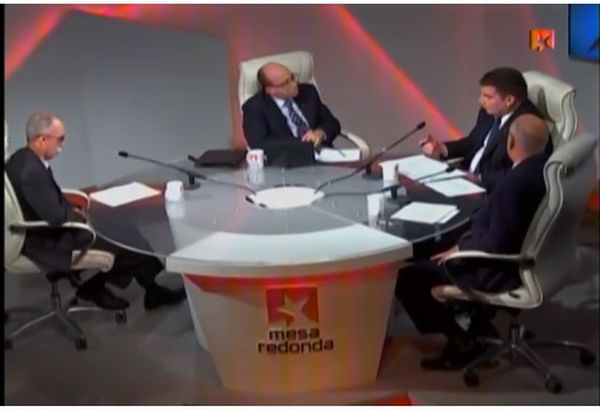
The investment process in Cuba has become more dynamic in recent years until representing 19 percent of contribution to the Gross Domestic Product (GDP) in 2019 amid the financial limitations of the country and the tightening of the U.S. blockade against the country.
Last year, it is estimated that the country closed with more than 10.2 billion pesos for this concept, which represents about 80 percent of what was planned, although there was a growth in comparison to 2018, Adonis Nuñez Fonseca, deputy minister of the economy and planning, said in the TV program “Mesa Redonda”.
The executive explained that since the approval of Decree 327 in 2014, this activity has shown a positive evolution from the separation of the execution capacity to municipal level and business entities, taking into account the priorities of the development plan until 2030 and the sectors and programs prioritized in the country.
The experts indicate that in order to achieve development, the country needs investments that represent 20-30 percent of GDP, a figure that is still far from the reality of the Cuban economy, suffering from financial limitations, the persecution of the U.S. blockade and the country’s own constructive capacity, he added.
The plan has focused on the growth of cement, wood and steel production, as well as on projects that generate exports or substitute imports in sectors such as energy, food production, housing and social impact works, Nuñez Fonseca continued.
Even though the country prioritizes investments that generate exports or substitute imports, there are several examples that show the plan is flexible and can be directed towards activities that lead to productive chains within the economy or have a high social impact, the vice minister concluded.
 Escambray ENGLISH EDITION
Escambray ENGLISH EDITION





Escambray reserves the right to publish comments.